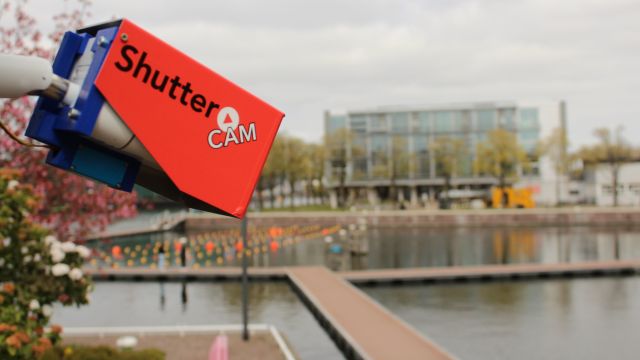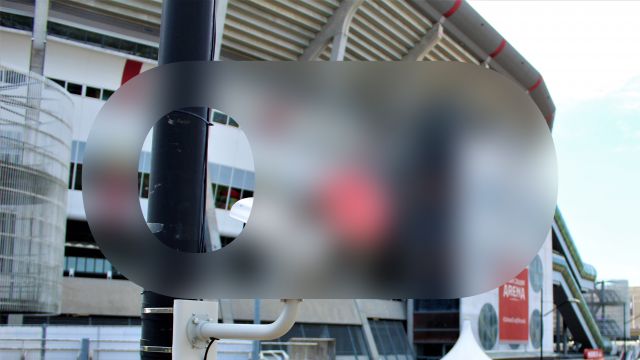3 findings Shuttercam pilot ArenA
The Shuttercam project tested two prototypes on location at the Johan Cruijf ArenA in Amsterdam. How do professionals, activists and passersby react to this intervention? Here we dive into 3 results from the experiment.
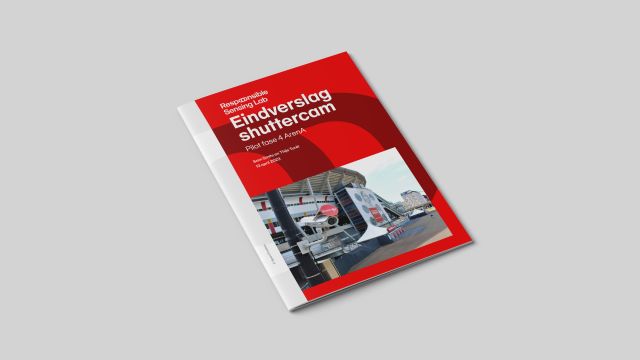
Increasingly, the city of Amsterdam is using digital technologies to do its work more efficiently and better. One of the most visible elements of the digital city in the streetscape are cameras. Critical citizens, civil society organizations and the coalition have concerns about the increasing use of cameras in the city. One of the basic issues that is not clear now is whether or not a camera collects data.
What is a Shuttercam?
The Shuttercam is equipped with a remote-controlled shutter. This shutter should make it clear when the camera is filming and when it is not. Namely, did you know that many cameras in the city are on only part of the time? For example, only at busy times or when an incident has been reported at a location. Whether it is on is not visible from the outside with 'normal' cameras.
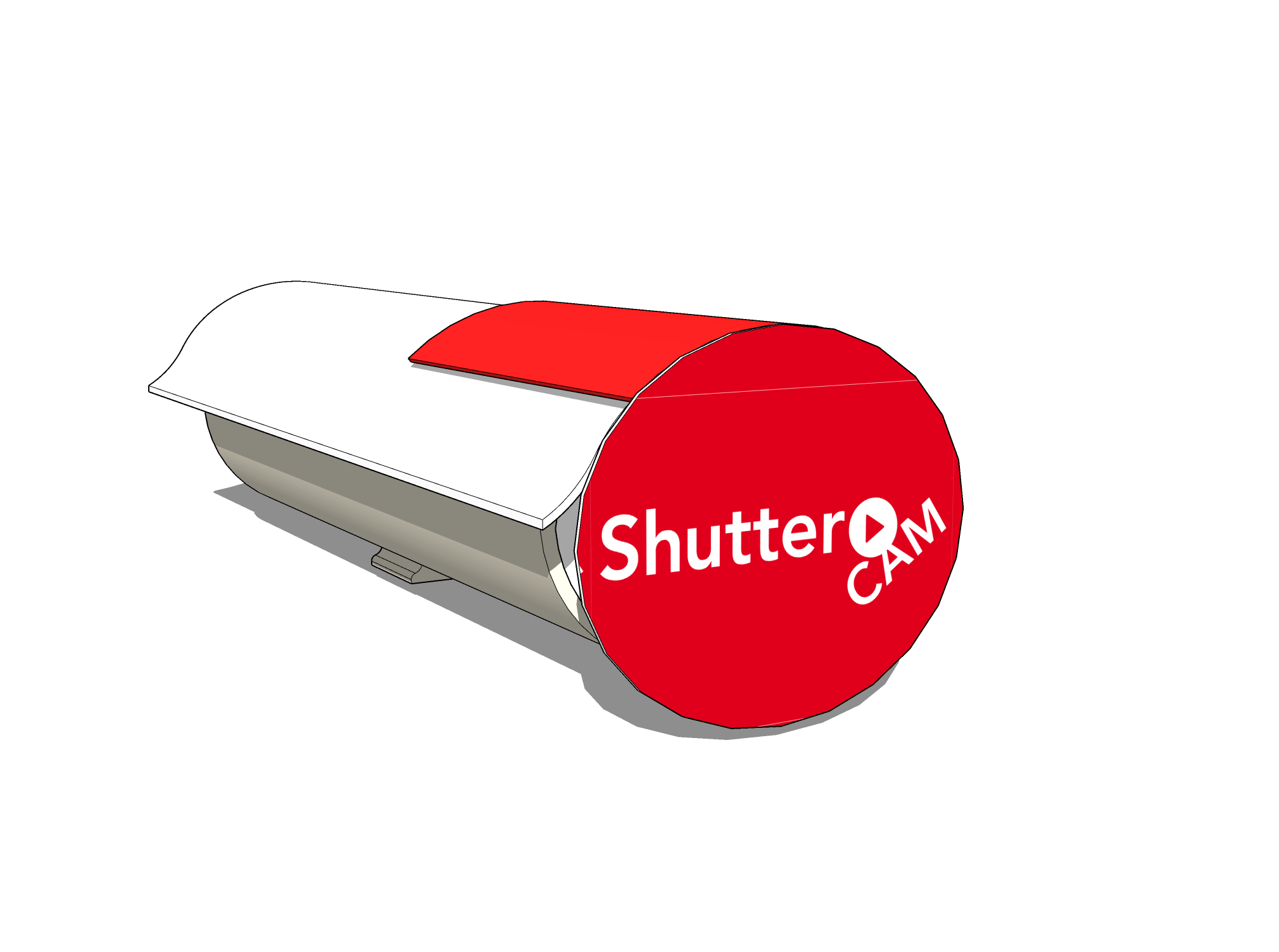
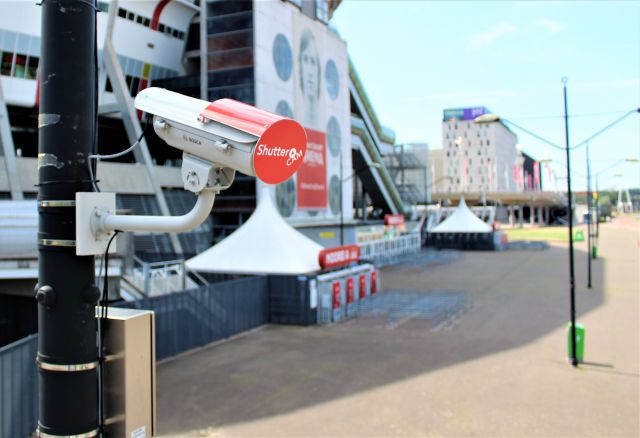

Testing Shuttercams at ArenA
In the period of July 2022 and January 2023, two Shuttercams were tested on location at the Johan Cruijf ArenA on the north side of the ArenA. During the pilot, insights were gathered in various ways to examine, among other things, how professionals, activists and citizens respond to this intervention.
3 findings final report Shuttercam
1. Meaningful intervention, but incomplete answer to the question
The Shuttercam answers part of the information question: whether a camera is currently on. The activist workers we spoke to think this is an important question. At the same time, this is only one of the questions people might have about cameras.
2. Not for everyone
Need for information about or camera systems does not exist for every citizen, the conversations with passersby revealed. However, not everyone needs to be interested, as a condition of communicating about it. As long as governments communicate to enable citizens to inform themselves, a few can challenge inaccuracies with this, according to the 'informed minority theory'.
3. Design could be better
While professionals and activists find the design feature of a 'shutter' logical and appropriate to the purpose, it is less clear to passersby. An even simpler way to verifiably communicate that a camera is not filming should be sought.
Curious about other conclusions and advice emerging from this pilot?
In our final report (only available in Dutch) we describe the main outcomes that came out of the pilot of the two Shuttercams tested in the vicinity of the ArenA. How do professionals, activists and passers-by react to this intervention?
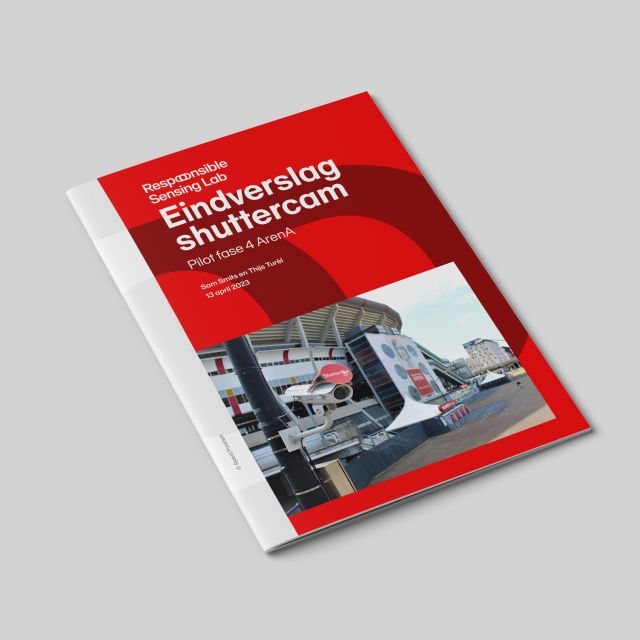
Previous experiments: Shuttercam at Marineterrein Amsterdam
Did you know the Shuttercam project kicked off with a time-lapse camera equipped with a shutter at the office of AMS Institute? After this mini-pilot, we tested three prototypes of the Shuttercam at Marineterrein Amsterdam Living Lab (MALL):
1. Scheduled Shuttercam
2. Opt out Shuttercam
3. Winding Clock Shuttercam.
We value your opinion
The Responsible Sensing Lab team excited to hear what your thoughts are on these experiments. We appreciate your feedback and questions welcome too.
The Shuttercam project is being conducted by TAPP, Life Electronic and Marineterrein Amsterdam.
